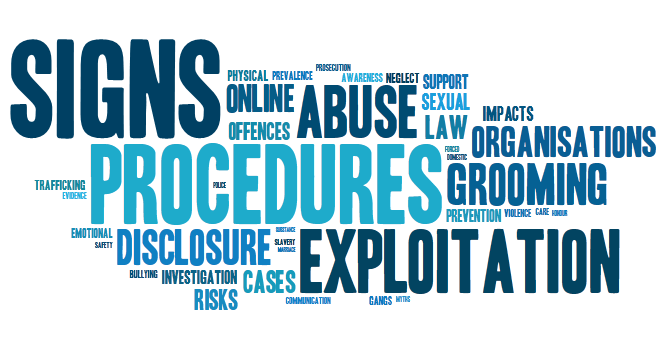Lambeth child sexual exploitation strategy

Child sexual exploitation (CSE) is a form of sexual abuse that involves the manipulation and / or coercion of young people under the age of 18 years into sexual activity. This is often in return for food, somewhere to live, attention, drugs, alcohol, cigarettes, affection, gifts or money. It can occur to any child or young person in the community. Perpetrators can be adults or peers. It can involve grooming or be opportunist. CSE occurs everywhere and all children and young people are vulnerable.
To protect and prevent this form of sexual abuse agencies must work together in partnership with families and young people to support the young person and to reduce risk.
Who is at risk?
Any child or young person may be at risk of sexual exploitation, regardless of their family background or other circumstances. This includes boys and young men as well as girls and young women. However, some groups of young people are particularly vulnerable. These include:
- children and young people who have a history of running away or of going missing from home and care
- those with special needs
- those in and leaving residential and foster care
- migrant children, including those who do not have a legal immigration status
- unaccompanied asylum seeking children
- children who have disengaged from education
- children who are abusing drugs and alcohol
- those involved in gangs
- those engaged in risky internet use
Often the child or young person does not recognise the danger of the relationship and does not see themselves as a victim of exploitation, as they consider they have acted voluntarily. The reality is they have not consented and their behaviour is not voluntary. A child cannot consent to their own abuse.
All professionals can use the CSE Risk Matrix to help identify and clarify their concerns. If you are concerned that a young person is being sexually exploited or is at risk of being exploited then you should make a referral to Children’s Social Care using the Multi Agency Referral Form (MARF) and send it with the CSE Risk Matrix to the duty manager at: XCEDDutyManager@lambeth.gov.uk (secure mail) or dutymanager@lambeth.gov.uk if you do not have secure mail.
Please ensure you password protect your referral if you can not use secure mail.
You can also call a duty social worker to discuss your concerns or contact the CSE Coordinator if you need further advice: CHenchion@lambeth.gov.uk 0207 926 8569

